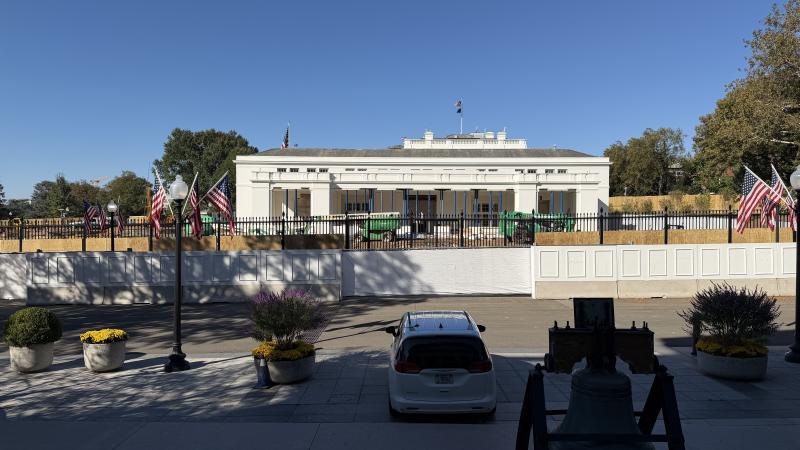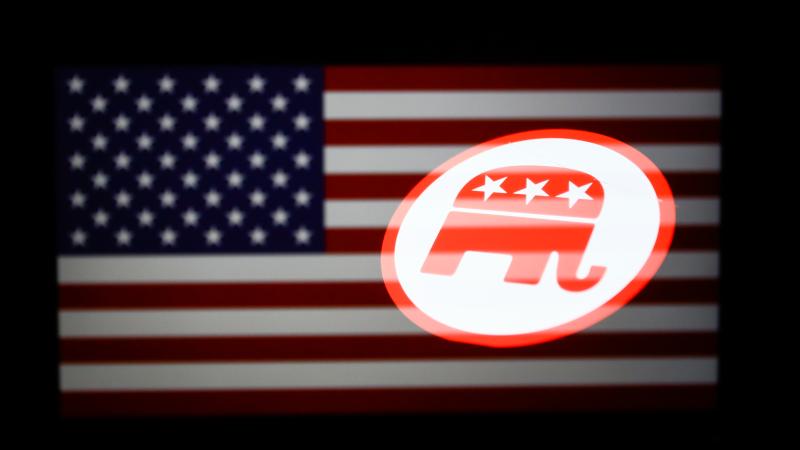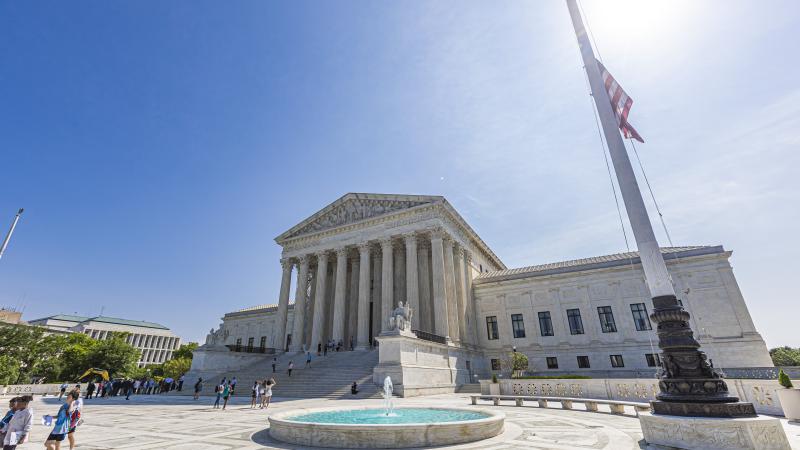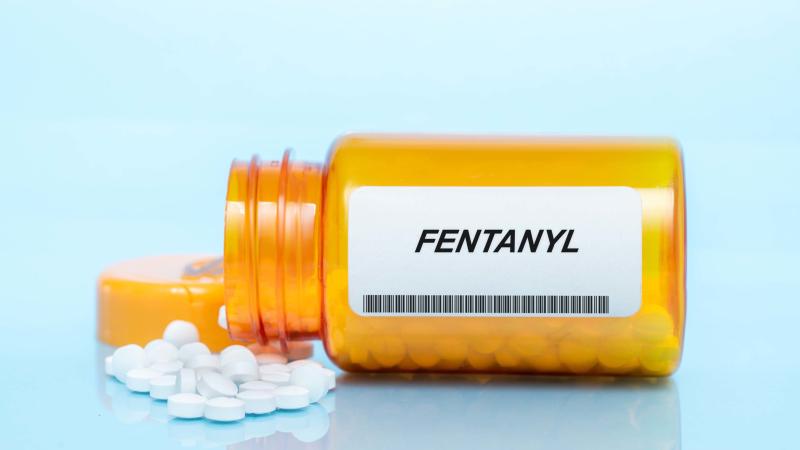Food manufacturers rush to remove certain food dyes to comply with new FDA guidance
Americans are increasingly demanding that chemicals and toxic food dyes be removed from items they consume, clean with, wear, apply to their skin and use in their homes.
In compliance with directives from the United States Department of Health and Human Services (HHS) and the Food and Drug Administration (FDA), many of the nation's largest food conglomerates have announced preemptive efforts to remove artificial food dyes from their products. Thus far, Kraft Heinz, General Mills, Tyson Foods, Nestlé, Conagra Brands, Walmart and Sam's Club, and PepsiCo have announced discontinuation or an intent to discontinue use of the food dyes prior to the advised deadline.
The announcements come after the FDA and HHS urged a phase-out of petroleum-based synthetic food dyes from the U.S. food supply. On April 22, HHS Secretary Robert F. Kennedy Jr. and FDA commissioner Marty Makary announced measures to eliminate these dyes by the end of 2026, primarily through voluntary industry compliance rather than a formal mandate.
Kennedy: "Real, measurable dangers"
The FDA is also revoking approval for the use of specific dyes, such as Citrus Red No. 2 and Orange B, and encouraging faster removal of FD&C Green No. 3, Red No. 40, Yellow No. 5 and No. 6, Blue No.1 and No.2, with a prior deadline set for January 2027.
In a statement accompanying the new guidelines, Kennedy said, "For too long, some food producers have been feeding Americans petroleum-based chemicals without their knowledge or consent. These poisonous compounds offer no nutritional benefit and pose real, measurable dangers to our children's health and development."
"That era is coming to an end. We're restoring gold-standard science, applying common sense, and beginning to earn back the public's trust. And we're doing it by working with industry to get these toxic, dies out of the foods our families eat every day."
The FDA is simultaneously fast-tracking the review of natural alternatives to synthetic food dyes such as calcium phosphate, Galdieria extract blue, gardenia blue, and butterfly pea flower extract.
According to recent CivicScience data, 79% of U.S. adults at least "somewhat" support the FDA's plan to phase out certain artificial food dyes, significantly outnumbering the 21% who are at least "somewhat" opposed. Parents of children over 12 show stronger support for the phase-out than those with younger children, despite younger kids potentially being more vulnerable to the health impacts of these dyes.
Not the expected "health food" demographic
Support is highest among Republicans, the demographic most closely aligned with Kenney's Make America Healthy Again (MAHA) movement. Additionally, high-income individuals (earning $100,000+ annually), adults 65+, men, and those with graduate or professional degrees are more supportive of the dye removals than their counterparts.
The transition to natural food dyes could prove to be bumpy with a lot of trial-and-error. Winner of the cooking competition TV show "Master Chef," Whitney Miller, who founded Whitney's Cookies in Franklin, Tennessee, experienced similar struggles when she decided to make all of her products with natural ingredients.
"I did have to research and try to find the best ones, because there really wasn't a lot of options out there. I think now, hopefully, as people are talking about it more, and we're pushing everyone to change over, there will be more options. But it is a little bit of a research struggle," she told Just The News.
Miller said it can also depend on what color a manufacturer is seeking. She said it's a little bit easier with certain dyes like pink or red, in which case "there are strawberries that are freeze-dried, that you can pulverize and make a natural color." However, other colors are trickier, like blue. Blueberries produce a purple color, not blue, so Miller ultimately formulated her own blue dye.
According to Miller, the medium matters as well. "You have to test in the market when you're putting them [dyes] in, whether it be ice cream or whether it be a baked good. Baking is a science, cooking is a science. And when you're getting into these natural dyes, it's going to perform differently in a baked item than it is in an ice cream or a drink."
Supply of natural colors a challenge
For large companies like General Mills and PepsiCo, Miller said, "that's where these different companies are going to have to do a lot of testing and figure out what can work best for them."
When asked about the suppliers of the natural food dyes, Miller said, "I've only seen one, one supplier. So that's gonna be tough." Volume will also be a complicating factor for large manufacturers who will require large amounts of the dyes.
Miller said she has often had to seek out natural dye suppliers in Canada, which could further complicate the supply chain depending on what transpires with President Donald Trump's trade talks with Canadian Prime Minister Mark Carney.














